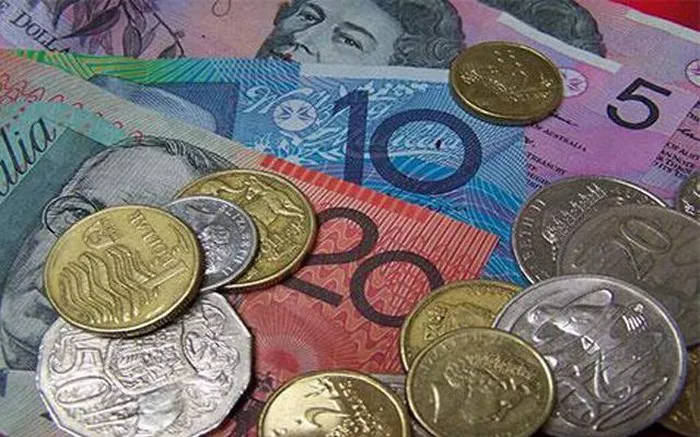In the world of finance and economics, the term “fiat currency” is commonly used to describe a currency that is issued by a government and has no intrinsic value. Instead, its value is derived from the trust and confidence of the people who use it. The Australian Dollar (AUD) is a prominent player in the global currency market, and understanding its nature as a fiat currency is crucial for investors, economists, and the general public. In this article, we will delve into the concept of fiat currency and examine whether the AUD falls into fiat currency.
Defining Fiat Currency:
To grasp the concept of fiat currency, it’s essential to understand its key characteristics. Fiat money is currency that a government has declared to be legal tender, but it is not backed by a physical commodity like gold or silver. Unlike commodity money, which has intrinsic value, fiat money relies on the trust and faith of the people who use it. Governments issue fiat currency through their central banks, and it is accepted as a medium of exchange for goods and services.
The Evolution of the Australian Dollar:
The Australian Dollar, introduced in 1966, has undergone significant transformations since its inception. It replaced the Australian pound and became the official currency of the Commonwealth of Australia. From the outset, the AUD operated as a fiat currency, severing ties with the gold standard that had characterized earlier monetary systems.
The Reserve Bank of Australia (RBA) plays a central role in the issuance and management of the Australian Dollar. As Australia’s central bank, the RBA is responsible for monetary policy, including the regulation of the money supply and the stability of the currency.
Fiat Nature of the Australian Dollar:
The Australian Dollar fits the criteria of a fiat currency, as its value is not pegged to a physical commodity but is determined by the government’s declaration and the market forces of supply and demand. The RBA has the authority to issue and regulate the Australian Dollar, controlling its quantity in circulation to maintain stability and economic growth.
One of the key indicators of the fiat nature of the AUD is the absence of any direct convertibility to a precious metal like gold. In contrast to commodity-backed currencies, the Australian Dollar’s value is not linked to the availability or scarcity of gold reserves. Instead, its value is influenced by economic factors, interest rates, inflation, and other market dynamics.
Government Backing and Legal Tender:
Fiat currencies derive their value from the trust and confidence placed in the issuing government. The Australian government, through the RBA, backs the Australian Dollar as legal tender. This means that the currency is officially recognized for transactions within the country, and people are obligated to accept it for payments of debts and goods.
The Australian government’s commitment to maintaining the stability of the AUD is evident in its monetary policy decisions. The RBA implements measures such as interest rate adjustments and open market operations to control inflation and manage economic stability, reinforcing the fiat nature of the Australian Dollar.
Global Recognition and Exchange Rates:
As a fiat currency, the Australian Dollar is actively traded on the global foreign exchange (forex) market. Its value fluctuates based on various factors, including economic indicators, geopolitical events, and market sentiment. The exchange rate of the AUD against other major currencies is determined by the interplay of these factors, showcasing the dynamic nature of fiat currencies in the international arena.
The global recognition and acceptance of the Australian Dollar further emphasize its status as a fiat currency. Governments, businesses, and individuals worldwide engage in transactions involving the AUD, highlighting the currency’s universal acceptance in the global economy.
Challenges and Considerations:
While fiat currencies provide governments with flexibility in monetary policy, they are not without challenges. One of the concerns associated with fiat currencies is the potential for inflation, as governments may be tempted to print more money to address short-term economic issues. However, prudent management by central banks, such as the RBA, aims to mitigate these risks and maintain the stability of the currency.
See Also:USD VS. AUD: What’s the Difference?
Conclusion:
In conclusion, the Australian Dollar unequivocally falls into the category of fiat currencies. Its value is not tied to a physical commodity but is based on the trust and confidence instilled by the Australian government and the Reserve Bank of Australia. As a fiat currency, the AUD plays a vital role in domestic and international trade, reflecting the dynamic nature of modern monetary systems.


